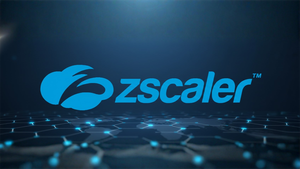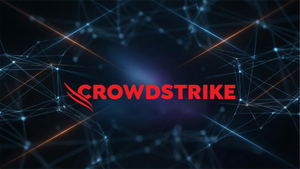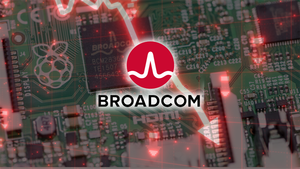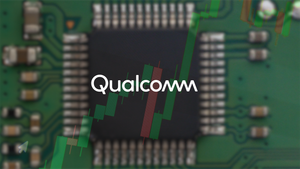
A stock with low volatility can be reassuring, but it doesn’t always mean strong long-term performance. Investors who prioritize stability may miss out on higher-reward opportunities elsewhere.
Luckily for you, StockStory helps you navigate which companies are truly worth holding. Keeping that in mind, here are three low-volatility stocks to avoid and some better opportunities instead.
SolarEdge (SEDG)
Rolling One-Year Beta: 0.65
Established in 2006, SolarEdge (NASDAQ: SEDG) creates advanced systems to improve the efficiency of solar panels.
Why Do We Pass on SEDG?
- Demand for its offerings was relatively low as its number of megawatts shipped has underwhelmed
- Eroding returns on capital from an already low base indicate that management’s recent investments are destroying value
- Unfavorable liquidity position could lead to additional equity financing that dilutes shareholders
At $40.07 per share, SolarEdge trades at 1.8x forward price-to-sales. Read our free research report to see why you should think twice about including SEDG in your portfolio.
Omnicom Group (OMC)
Rolling One-Year Beta: 0.95
With a vast network of creative agencies that helped craft some of the most memorable ad campaigns in history, Omnicom Group (NYSE: OMC) is a strategic holding company that provides advertising, marketing, and communications services to many of the world's largest companies.
Why Are We Hesitant About OMC?
- Organic revenue growth fell short of our benchmarks over the past two years and implies it may need to improve its products, pricing, or go-to-market strategy
- Free cash flow margin dropped by 7.6 percentage points over the last five years, implying the company became more capital intensive as competition picked up
- Diminishing returns on capital suggest its earlier profit pools are drying up
Omnicom Group is trading at $79.20 per share, or 8.7x forward P/E. Check out our free in-depth research report to learn more about why OMC doesn’t pass our bar.
Nasdaq (NDAQ)
Rolling One-Year Beta: 0.86
Originally founded in 1971 as the world's first electronic stock market, Nasdaq (NASDAQ: NDAQ) operates global exchanges and provides technology, data, and corporate services that help companies, investors, and financial institutions navigate capital markets.
Why Does NDAQ Worry Us?
- Performance over the past two years shows its incremental sales were less profitable, as its 9.2% annual earnings per share growth trailed its revenue gains
Nasdaq’s stock price of $88.82 implies a valuation ratio of 24.2x forward P/E. If you’re considering NDAQ for your portfolio, see our FREE research report to learn more.
High-Quality Stocks for All Market Conditions
When Trump unveiled his aggressive tariff plan in April 2025, markets tanked as investors feared a full-blown trade war. But those who panicked and sold missed the subsequent rebound that’s already erased most losses.
Don’t let fear keep you from great opportunities and take a look at Top 6 Stocks for this week. This is a curated list of our High Quality stocks that have generated a market-beating return of 183% over the last five years (as of March 31st 2025).
Stocks that made our list in 2020 include now familiar names such as Nvidia (+1,545% between March 2020 and March 2025) as well as under-the-radar businesses like the once-small-cap company Comfort Systems (+782% five-year return). Find your next big winner with StockStory today for free. Find your next big winner with StockStory today. Find your next big winner with StockStory today
StockStory is growing and hiring equity analyst and marketing roles. Are you a 0 to 1 builder passionate about the markets and AI? See the open roles here.





